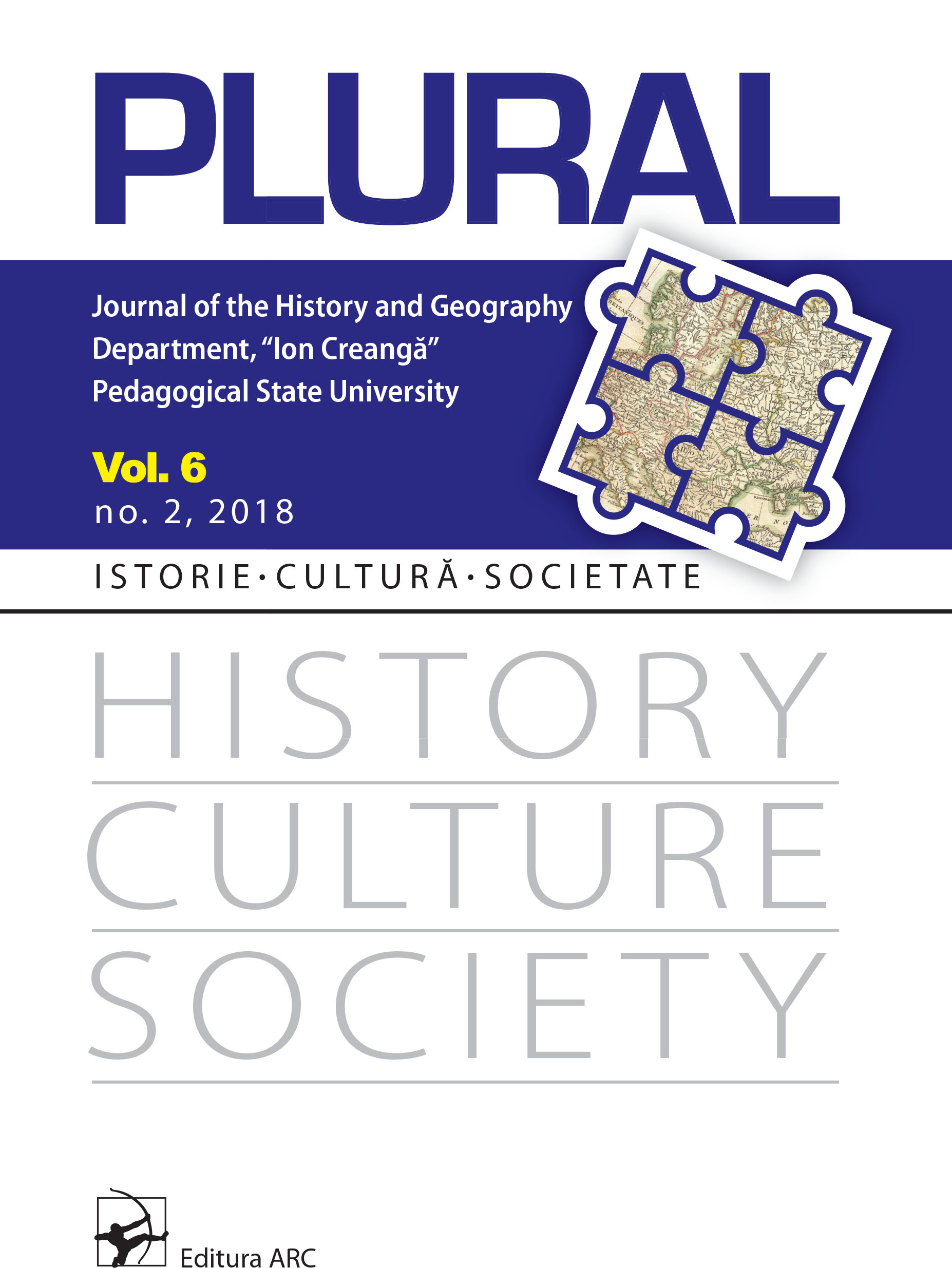Autenticitatea – un factor neabordat de legislaţia internă, dar determinant în evaluarea UNESCO
Authenticity – untackled issue within domestic legislation while being a crucial one in UNESCO’s assessments
Author(s): Adrian CrăciunescuSubject(s): History, Cultural history
Published by: Facultatea de Istorie și Geografie, Universitatea Pedagogică de Stat „Ion Creangă”
Keywords: Authenticity; replica; forgery; doctrine; management of changes;
Summary/Abstract: Among the evaluation criteria used by the UNESCO, „authenticity” is among the most important but It is actually almost completely absent in our legislation for built heritage. The most important deficiency in the monument scheduling methodology is ignoring the idea of authenticity, limited only to a relatively vague formula in its 8th article which states that value is influenced by the „the proportion of the component elements resulted from the interventions made after the moment of building”. In this hypothesis, there is a relative contradiction with a thesis of the restoration doctrine, namely the one stating that all stages of a monument are relevant so that they can only be eliminated only in specific situations highlighted by the Venice Charter. In the operational guidelines of World Heritage Committee, there are a few articles dedicated to authenticity and integrity, which are not actually mentioned in the text of the World Heritage Convention. Ideas associated with the preservation of heritage that are resulting from the recent evolution of doctrinaire texts, such as „compromise” or „management of change”, have led to ideological confrontations even within ICOMOS, the international organization responsible for scientifically and professionally assessing the authenticity and integrity of the heritage covered by the international convention.
- Issue Year: 6/2018
- Issue No: 2
- Page Range: 41-62
- Page Count: 22
- Language: Romanian

